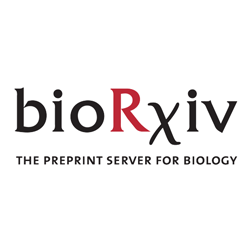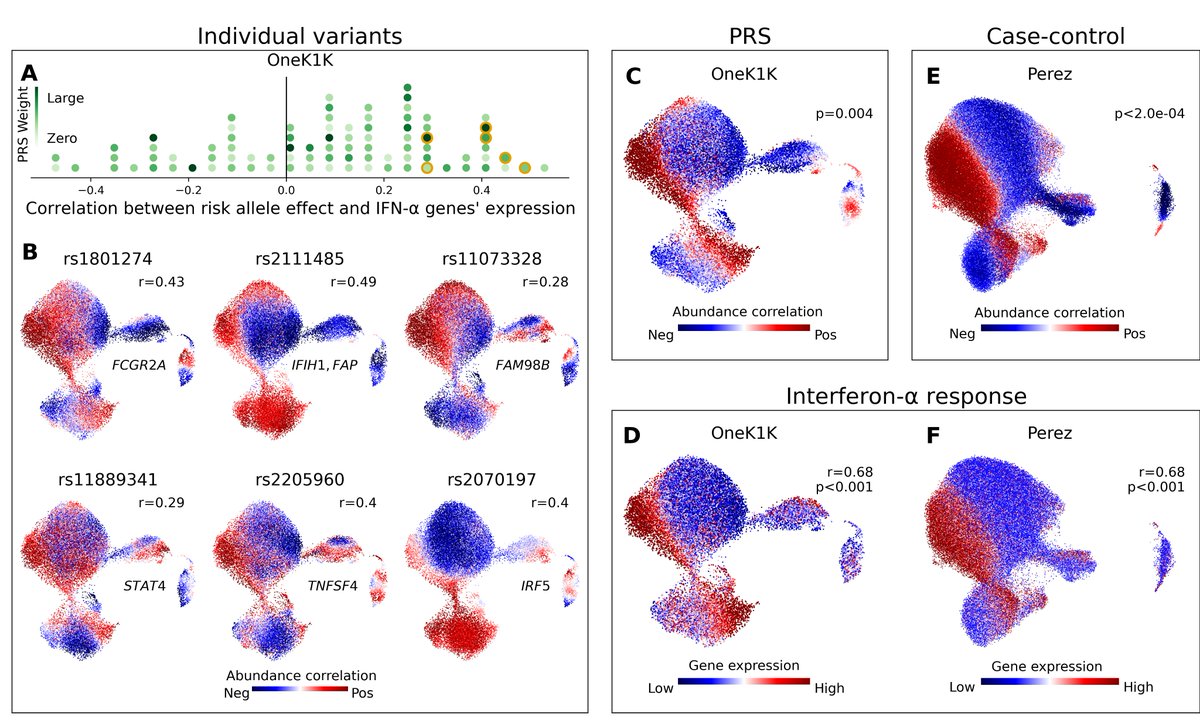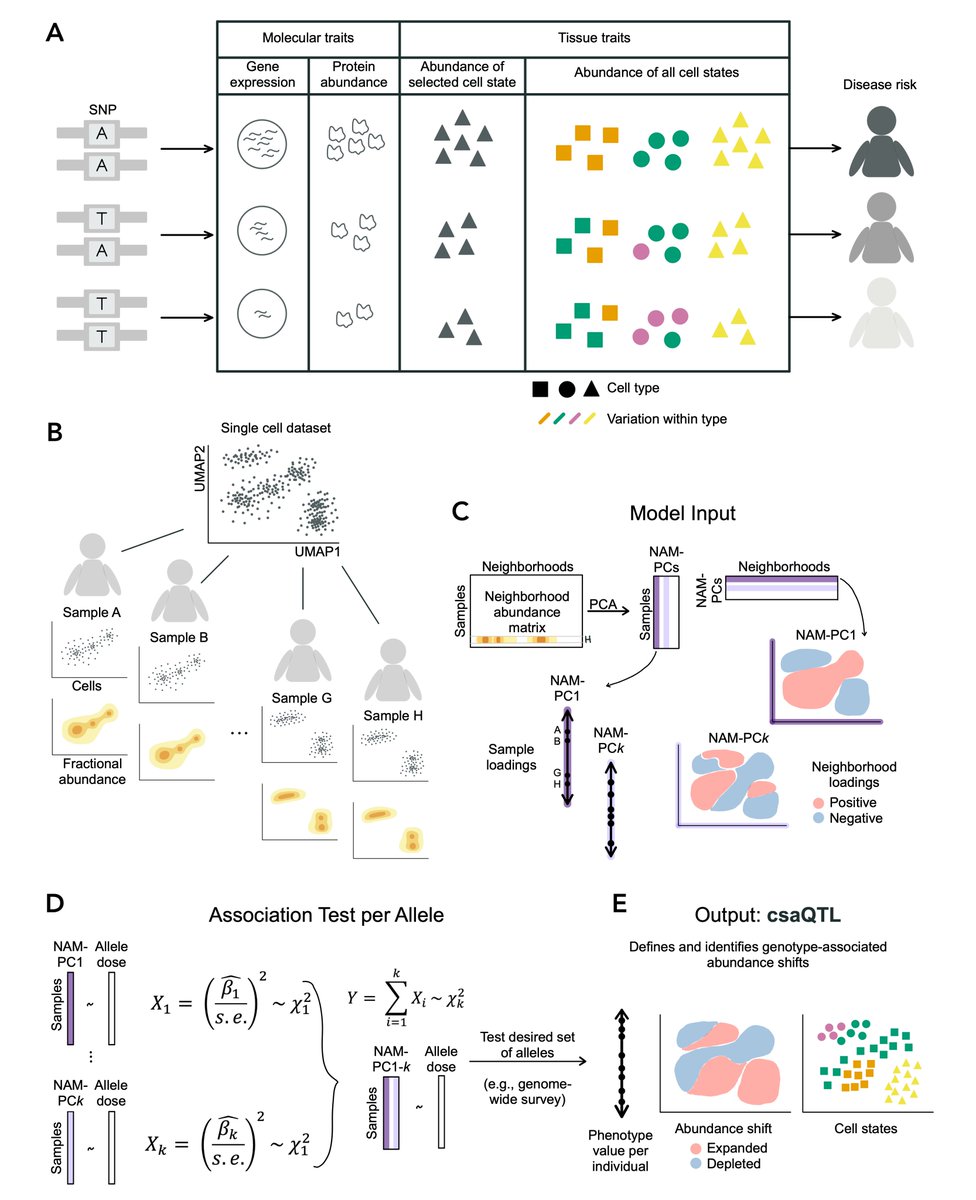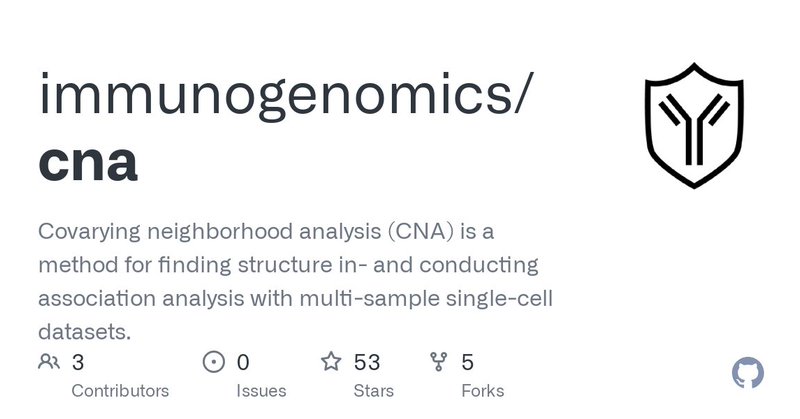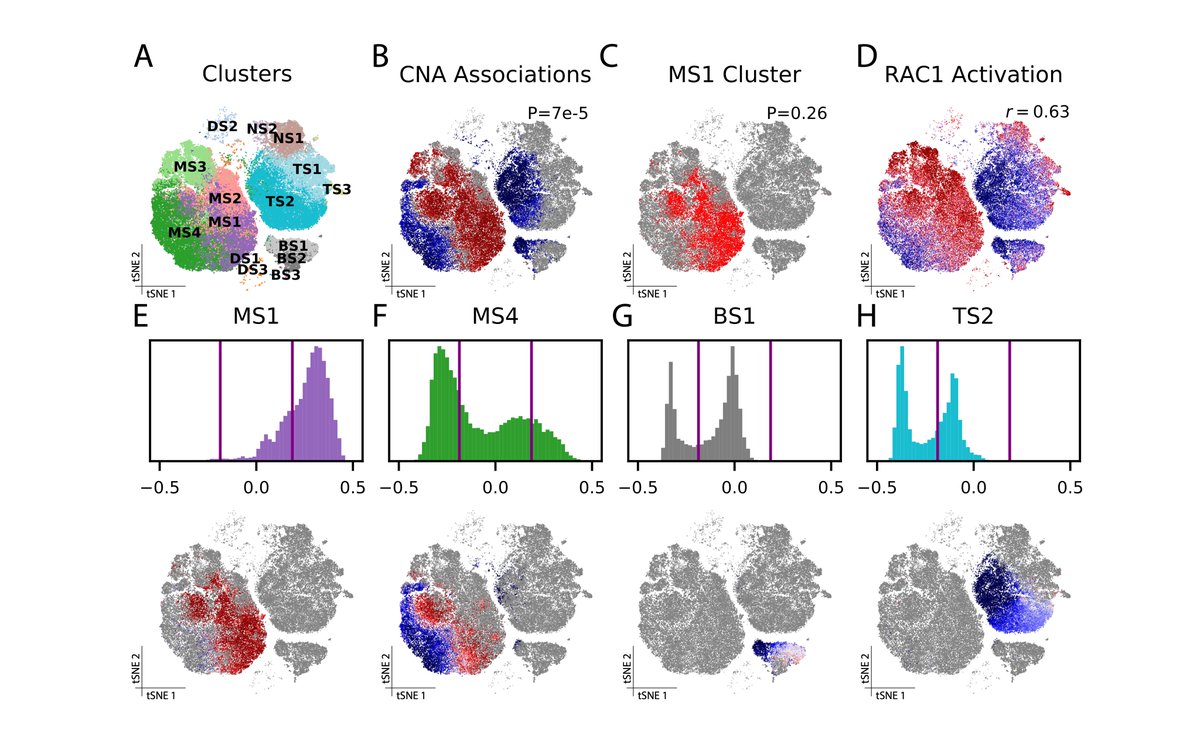
Laurie Rumker
@LaurieRumker
Followers
167
Following
13
Media
8
Statuses
17
MD-PhD student @HarvardMITmdphd @HarvardDBMI | @Stanford Alumna '15, M.S. '16 | she/her
Joined August 2019
We are excited to share Genotype-Neighborhood Associations, GeNA, a new tool adapting our CNA framework to detect cell states associated in abundance with genetic variants at genome-wide scale in high-dimensional single-cell data w/ @soumya_boston 🧵.
biorxiv.org
To understand genetic mechanisms driving disease, it is essential but difficult to map how risk alleles affect the composition of cells present in the body. Single-cell profiling quantifies granular...
1
32
80
6/6 You can find and try GeNA at Thank you to all the GeNA team members—@saorisakaue, Y Reshef, @joycebkang, P-R Loh and more—and to the donors and analysts of the published datasets that made this work possible!.
0
0
3
7/7 You can find and try the CNA Python package at: A huge thank you to our awesome co-authors @joycebkang @aparnanathan @megan_b_murray and Branch Moody!.
github.com
Covarying neighborhood analysis (CNA) is a method for finding structure in- and conducting association analysis with multi-sample single-cell datasets. - immunogenomics/cna
1
0
4
Excited to share covarying neighborhood analysis (CNA), a more powerful method for identifying fine-grained cell states in single-cell data associated with sample attributes (e.g. disease status) than cluster-based analyses, w/ Y. Reshef @soumya_boston: �.
biorxiv.org
As single-cell datasets grow in sample size, there is a critical need to characterize cell states that vary across samples and associate with sample attributes like clinical phenotypes. Current...
2
27
96

